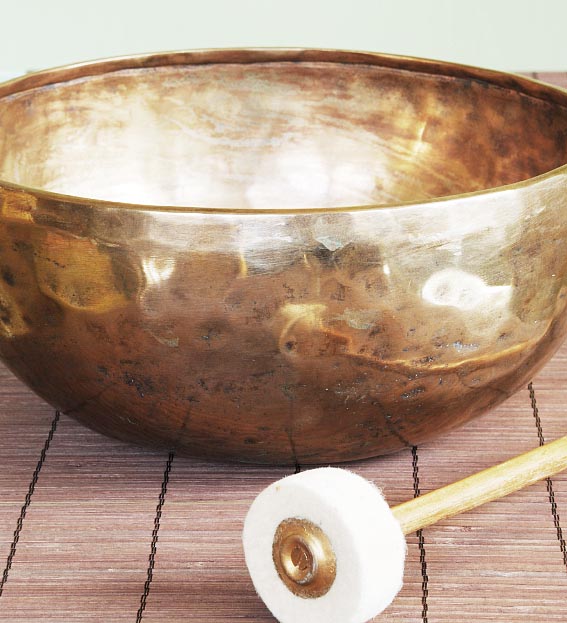Make It a Cool — and Healthy — Yule with Cold-Water Bathing!
As the temperature drops and we start to cocoon for winter, warmth tends to be the thing uppermost in our minds. Ahh, warmth…warm fingers, toes, ears…body…like coming in out of the cold to a delicious enveloping embrace…ahh, warm…who’d want to leave it?
But the truth is that bacteria and viruses also bask in that delicious warmth, especially when your house is closed up tight against the wintry winds. And when you’re cocooned up nice and snug indoors, your body isn’t getting the vital nutrients that it requires from sunlight and fresh air…so not only are you living in a pathogen-friendly environment, but you’re also handicapping your immune system!
What’s the answer? Actually one that has been known for millennia: “hydrotherapy,” in the form of a hot/cold shower. According to naturopathic physician Dr. Laurie Steelsmith, it’s a highly effective way to prepare your body for the temperature shock of stepping outside, while it also boosts your immune system and prevents colds and flu during the winter months.
The principle is simple: to flip back and forth seven times between the hottest water you can tolerate to the coldest water you can tolerate, making the water little hotter and a little colder each time, and making sure that every part of your body gets completely exposed to the temperature with each switch. As you do, you’re boosting your heart rate and circulation, opening up the pores of your skin, boosting elimination of toxins, relieving inflammation, and easing depression.
Sound extreme? Variations of this healing technique have been used in various forms, including around the world since prehistoric times (saunas and sweat lodges are just two of the ancient forms that we still know today). You get thoroughly cooked in the steam, with the help of aromatic medicinal herbs, then go out and roll in snow or jump in an icy lake, then run back shivering to the heat for another round. When it’s all over, you emerge tingling and feeling wonderful!
There are a number of forms of cold-water therapy…and they don’t just promote overall wellness. Tests demonstrate that when you skip the hot-cold switches and immerse in a tub or shower at 10-15 degrees C (50-59 degrees F) for about 24 minutes, you gain all sorts of other health benefits. For starters:
- slowing down your heart rate and increasing production of the powerful antioxidant glutathione
- reducing the uric acid that’s associated with gout, hypertension, heart disease, fatty liver, kidney disease and obesity
- preventing the delayed-onset muscle soreness that shows up one to four days after a workout.
- helping to increase your body’s metabolism and resistance to cold weather.
There’s another side benefit, too, that’s particularly nice after the holidays: cold water therapy activates your “brown fat” — a type of fat that actually generates heat and burns energy — and fat!
Now, there are a couple of important warnings to consider if you’re planning on trying this powerful wellness tool: first, it’s important to build up your tolerance. Don’t try heroically Polar Bear Plunging into a bathtub full of ice water first thing! If you’re used to steamy-hot showers, try just finishing off one with a cold-water chaser, then build up from that point on. Alternatively, say the doctors at Mercola.com, you could drink 2 cups (500 ml) of ice water first thing every morning, or sit with ice packs on your upper back and upper chest for 30 minutes per day for a few days, before you venture into an icy shower or bath.
Second, as this kind of hydrotherapy opens up your pores and stimulates circulation to expel toxins through your skin, it’s important that your shower or bath isn’t soaking you with chlorine, fluoride, lead, arsenic, or other toxins that are often found in public water! I recommend finding a home water filter that cleans your municipal water where it enters your house. If this isn’t possible, check out your local housewares store or plumber’s supply for a shower head filter that removes chemical, mineral, and bacterial contaminants.
(In fact, I’d recommend water filters even (and especially) if you plan to continue using hot showers and baths, as research has established that heat vaporizes the contaminants in water and sends them into your lungs and throughout your house.)
Oh — and there are a couple of other benefits I almost forgot to mention. If you’re hesitating to try cold-water therapy because cold showers are reputed to reduce sex drive, have no fear: so far from reducing libido, tests show that cold water actually increases testosterone production — thereby making your playtimes very frisky indeed!
Secondly, when I tried out the hot-cold shower for the first time, I felt very invigorated afterwards. The hot water was very relaxing and then when I turned on the cold, I was gasping for breath and squeaking “Oh, oh!” very loudly — then laughing hysterically because I sounded so funny! So now I enjoy getting all the benefits of a good belly laugh on top of the benefits of the hot/ cold water therapy. What a great way to enter the holidays!
Happy bathing!

Tweet: cold water therapy activates your “brown fat” — a type of fat that actually generates heat and burns energy — and fat! #ImmuneBooster






